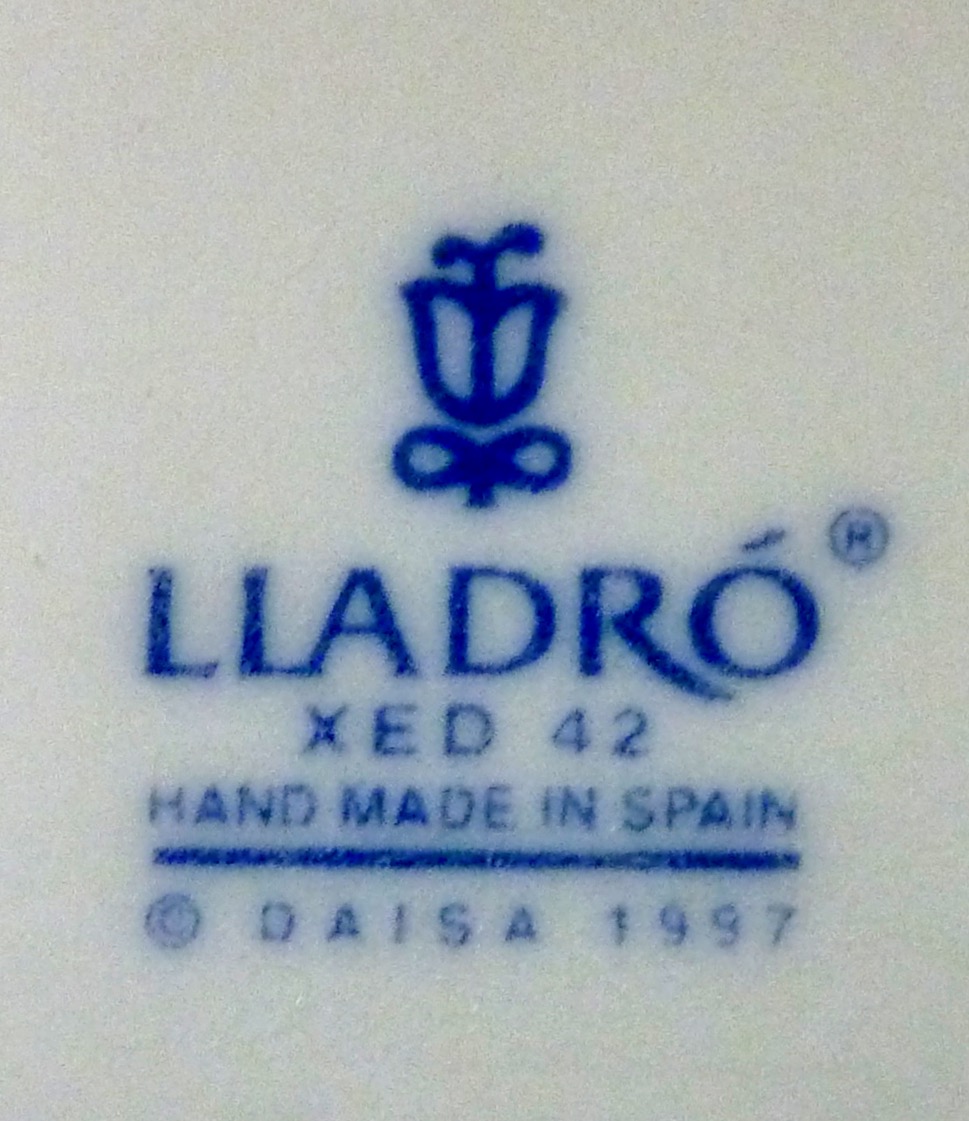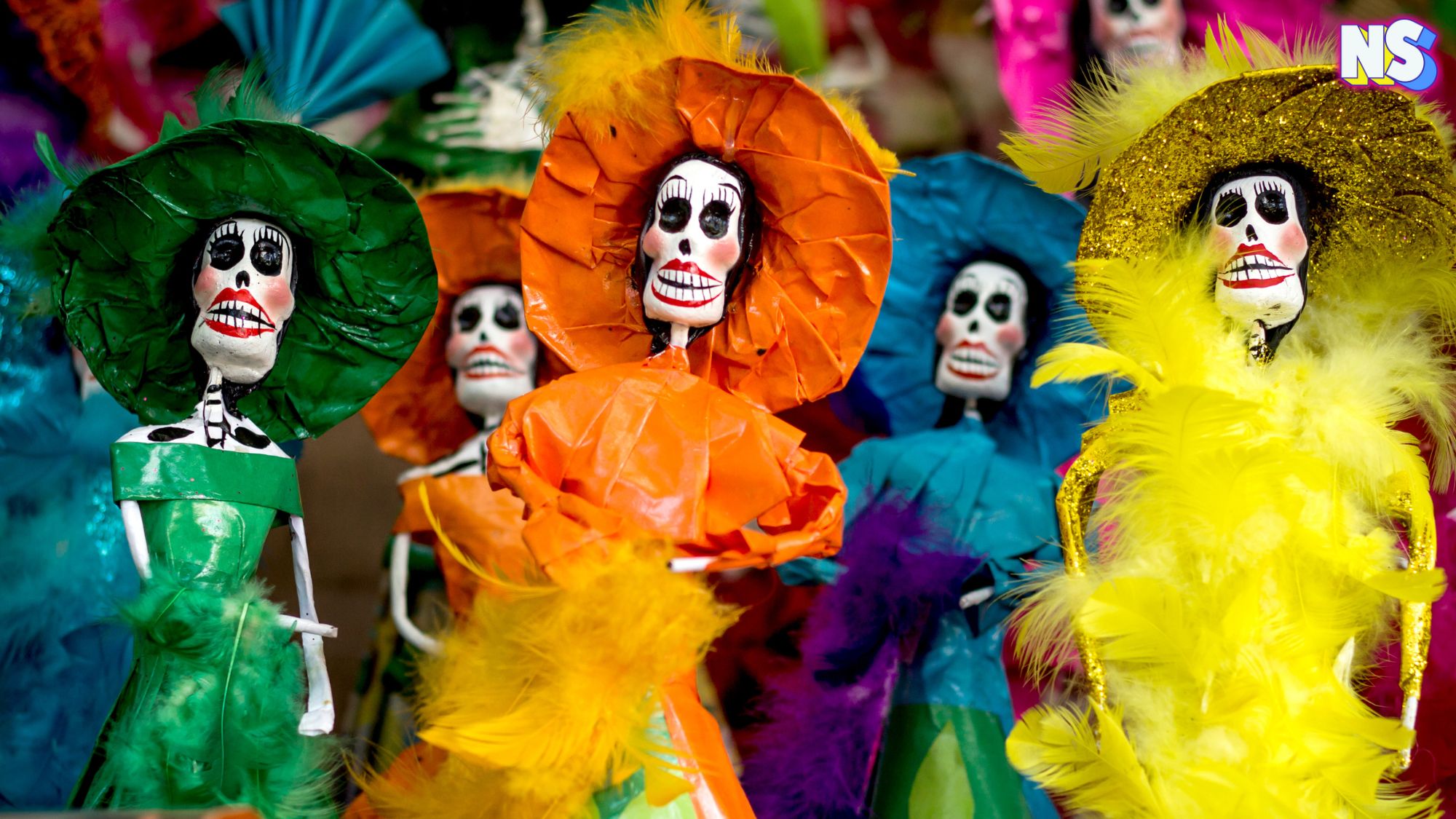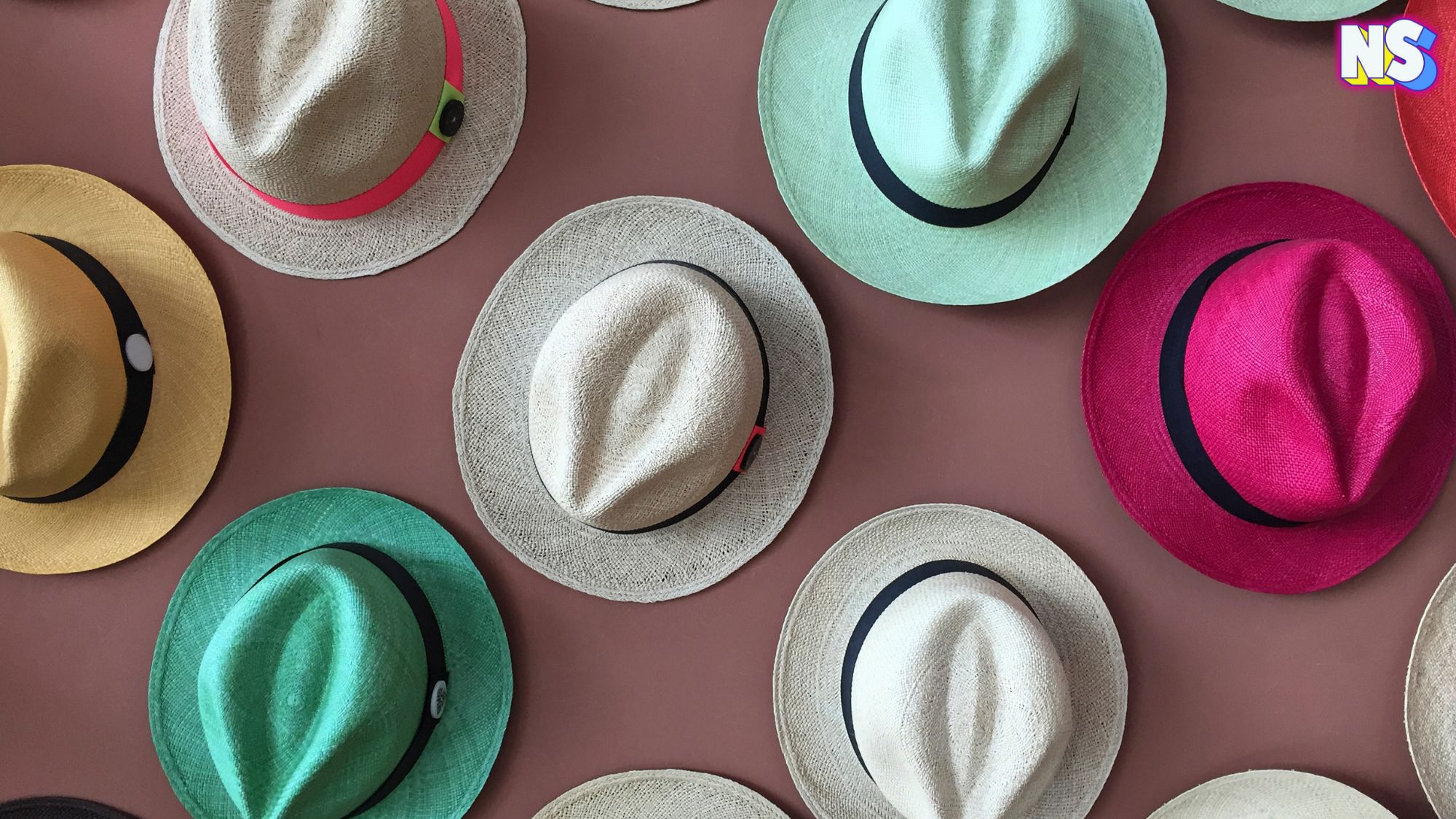Simple. Delicate. Beautiful. And our families loved to collect it.
It's Lladro, pricey Spanish porcelain figurines decorating many Latino homes.
And this year, Lladro is celebrating its 70th anniversary!
But, to say Lladro is only found in Latino homes is actually incorrect. Lladro is loved all over the world thanks to three brothers who created the porcelain empire by hand.
Understanding the how and why these porcelain figurines are in so many homes leads us to the modern history of Lladro.
Three Lladro Brothers, One Porcelain Empire
Lladróm, a Spanish company known for its exquisite porcelain figurines, was founded in the 1950s by three artistic brothers — Juan, José, and Vicente Lladró.
The brothers' mother Rosa Lladro encouraged her boys to pursue fine art, enrolling them in the Valencia School of Arts and Crafts, The Prudent Collector details. “Soon afterward the brothers built a kiln at their parents' home and began creating classical figurines, candelabras, and porcelain flowers.”
The Lladro men first sold their porcelain vases and plates and creations at local markets, in the 1950s.
The brothers' art became more successful, and “dreamed of creating the finest porcelain that could be found in Spain. Unfortunately their small kiln made it difficult to achieve temperatures that were hot enough to make porcelain of the highest quality," according to the official Lladro website.
The Lladro brothers were also savvy entrepreneurs who “ … borrowed the necessary funds from a friend and built a kiln that generated enough heat to meet their needs.”
This propelled their move to the town of Tavernes Blanques and hired a team of sculptors, painters, and chemists to help their business grow.
In the 1960s, just a decade after its creation, the Lladro pieces gained popularity amongst porcelain collectors for their unique beauty and attention to detail – like the delicate petals on their porcelain roses.
In 1965, Lladró sculptures entered the United States market and became so popular among collectors that it caught the eyes of collectors worldwide.
Then, in a great move for the company, in 1968, the Lladro group (which is what many now call the brothers' brand) launched its Nao brand of affordable porcelains.
Just like Lladro figurines, the Nao porcelain figurines were and are also designed by artisans and sculptors at the “City of Porcelain” in Spain.
In the decades to follow, Lladró continued to create unique porcelain. In 1986 Lladró entered the Asian marketplace with subsidiaries in Japan and China. In 1988, it opened its first museum and gallery in New York City, on Fifth Avenue in Manhattan. And, in the 1990s, the company expanded to Russia, Eastern Europe, and India.
In recent years, the brand created collaborations with artists, bringing a bold new color scheme to Lladro figurines.
What is Lladro Known For?
“It is a very well known brand all over the world for very fine, sculptured porcelain figurines,” Retailer City Farmhouse Antiques explains to viewers on its YouTube channel, while revealing its “newest collections” of the Spanish brand.
The porcelain figures gained international attention within a decade after its creation. “As they began making pieces, … the pieces just became more and more complex,” City Farmhouse Antiques says, adding: “The attention to detail is what these pieces are known for.”
Lladro's pieces are still all handmade and hand painted, usually in its signature muted pastel colors (but not always anymore). To identify a real Lladro, just look under the figurine for the Lladro logo/stamp, and its engraved model number.
The figurines range from Spanish cultural and historic figures (like Don Quixote) to animals (like puppies and kittens) to busts of women to Disney characters and Hello Kitty.
The production process today is what it was: involving skilled artisans sculpting each piece individually by hand.
The attention to detail, and the beautiful results, is why Lladró's creations are still highly collectible. For over 50 years, Lladró has retained its value. The porcelain is found at boutiques, high-end department stores, authorized retailers around the globe, and, of course, antique and thrift shops worldwide. In 2020, a Lladro piece was reportedly sold to a collector for $130,000 U.S. dollars.
Yet, lifestyle trends show that many are no longer collecting things, such as Lladró figurines, like previous generations.
Some say Scandinavian trends (think IKEA) and minimalist influences (the "less is better" belief) on interior design/home decor have changed the way we think about our homes. "Collecting just leads to clutter" is today's mantra.
Actually, even Baby Boomers collect fewer items than their parents, who collected whole sets of valuables, research shows.
So, where does this leave Lladro in a "top 5 collectibles" list in the U.S. right now? Nowhere, according to our research.
But, as PBS' Antique Roadshow always tells viewers and guests: "Collect what you love and you can't go wrong." And many still love Lladró.
Today, fans of Lladró can tour the company's facilities in Valencia, Spain. Visitors can explore the Lladró Museum and the Lladró Factory, gaining insight into the company's history, artistic process, and the intricate craftsmanship involved in creating their timeless porcelain pieces.





